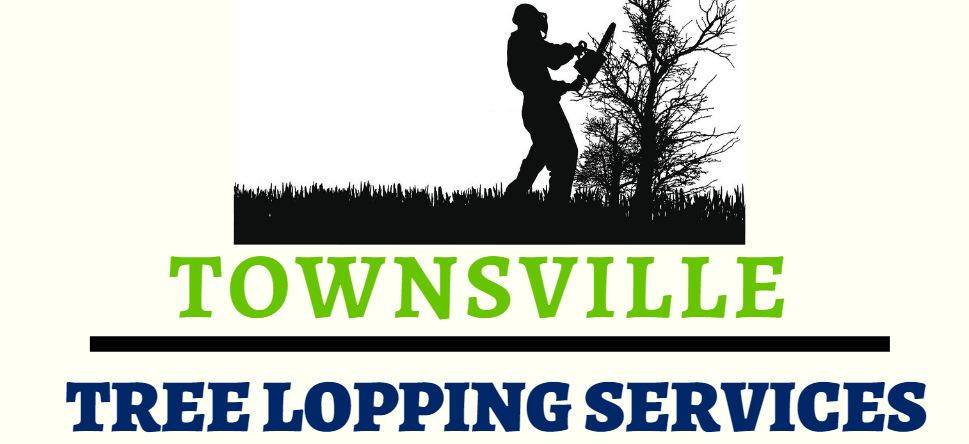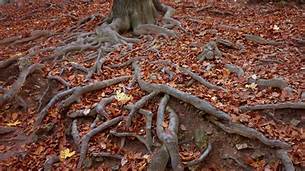Written by Grow with Bovees and published on https://bovees.com/
Tree and yard owners are often faced with the problem of a tree’s exposed surface roots. Tree roots that grow on the surface are difficult to mow or walk over and can affect the growth and health of nearby grass and ground covers. The usual response to remedy the situation is either to cut the roots or add fill soil over the roots and then replanting grass or ground cover.
Table of Contents
Removing Tree Roots Above Ground : How and When
When we think of tree roots, we often think of roots that have grown deep down into the ground to give our trees the solid foundation on which they stand.
While this is typically the case, tree roots can also spread out rather than grow down. When this happens, tree roots can show up at the surface of the ground, ruining our lawns and potentially also damaging your lawn mower as well as taking nutrients away from grass and other plants.
When this happens, it maybe time to consider removing exposed tree roots above ground, and the sooner you start to rectify the problem, the easier it will be.
When you see that tree roots have become exposed at or above the ground, it should be corrected. Leaving exposed tree roots that are above the ground can cause damage to the yard and other surrounding plants by changing the elevation of the terrain and draining the nearby plants of water and nutrients.
Above Ground Tree Root Removal – Will it Kill the Tree?
The roots that you see that grow above the ground are not the anchoring roots that are found deep below the surface to give trees their solid foundation. However, this does not mean the exposed roots above the ground are insignificant and can be cut and thrown away to fix the problem.
Removing tree roots above the ground can kill the tree, but you are likely going to face other dangers first.
Instead of the tree dying, the tree will become extremely weakened by the removal of the exposed roots, even though those exposed roots are less stabilizing than the deep roots in the middle of the tree. This increases the chance that the tree will fall because of wind or weight.
So while the tree can die if the roots above the ground are removed, it is more likely that the tree will fall because the removal of the roots has weakened it.
How Many Exposed Tree Roots Can I Cut?
Instead of removing all of the exposed roots from the tree, you will need to limit the number of roots you cut to those roots that are exposed outside of the drip line.
The drip line of a tree is the outside canopy where the water runs off. Anything inside that line, which is the area toward the trunk, should not be cut. Cutting roots inside the line will significantly weaken the root system of the tree and increase the chance that it will fall.
You will want to cut any exposed roots above the ground that are outside of the dripline. Cutting roots outside of the dripline will not weaken the root system of the tree. It will help remove exposed roots without decreasing the integrity and stability of the tree.
Will Removal of Exposed Tree Roots Damage The Tree?
The number of roots you can cut depends on how many roots are exposed outside of the drip line. As long as the roots that are exposed are outside of the dripline, they are safe to cut and will not weaken the stability of the tree.
If you must cut roots inside the drip line, it is imperative that you follow the rule of multiplying the diameter of the truck by 10. This formula will let you cut roots inside the drip line at a safe distance from the trunk without weakening the stability of the trunk.
For example, if the diameter of the trunk is 10”, then you would multiply 10 x 10 to give you 100 inches. This means that the closest exposed roots you can cut to the trunk will be 100 inches or 8.3 feet.

Alternatives To Removing Tree Roots Above Ground
If cutting exposed tree roots above the ground is not an option, you can always cover the roots with topsoil to raise the surface level of your yard. Raising the surface level of your yard by covering the exposed roots with topsoil will essentially bury the roots and encourage them to stay below the surface as they grow.
Raising the surface level of your yard where the roots are exposed may be a lengthy process that yields results after a few years.
First, you will need to take topsoil and cover the roots. Depending on how many roots are exposed will determine how much soil you need. You may need to do a little at a time, depending on both the cost and time you have to dedicate to covering the roots.
Once the roots have been covered, you will need to spread the grass seed. You should do this step even if you plan on raising the surface level more in the future. The grass seed that you spread will germinate and likely come back next year as long as the grass remains healthy.
If raising the surface level with topsoil is not an option due to cost, size, or time, you should consider creating a mulch bed to cover the exposed roots. Mulch beds look clean and add a pop of color, as mulch comes in a variety of colors.
Mulch beds should extend out from the trunk almost as wide as the drip line of the tree. The mulch should be spread out and no higher than 3” to keep the roots underneath the surface of the mulch without becoming dehydrated.
If the mulch is too high, water will not be able to penetrate the roots, which will cause the roots to die. When these roots die, they significantly weaken the tree and will increase the risk of the tree falling.
For this reason, you will need to spread mulch nearly as wide as the drip line of the tree and no more than 3” high so that water can penetrate the mulch and hydrate the roots underneath.
One final thing to consider would be tree removal if you’re not able to just remove tree roots that are in the way.
Conclusion
Exposed roots that are above the ground can be both unsightly and damaging to the yard and plants around them.
You can remove them by making sure that you only cut any that are outside of the dripline of the tree or by taking the diameter of the tree and multiplying it by 10. This will give you the total length in inches from the trunk that you can cut these exposed roots above the ground.
If cutting the roots is not an option, you can cover them with topsoil or mulch to keep them underground while creating a better-landscaped appearance.
Original post here https://bovees.com/removing-tree-roots-above-ground/

